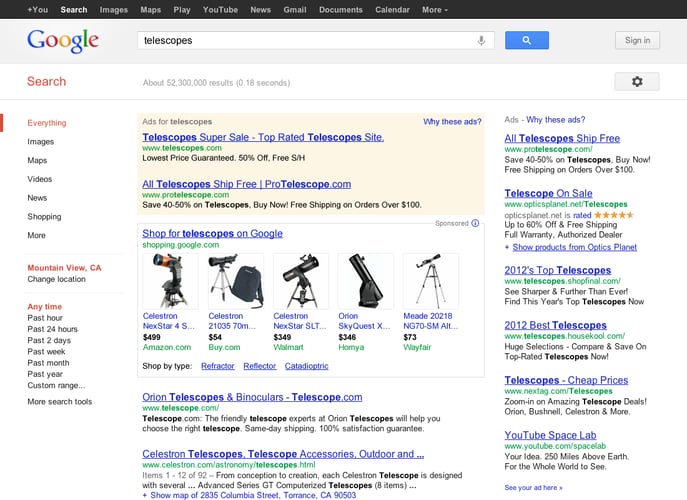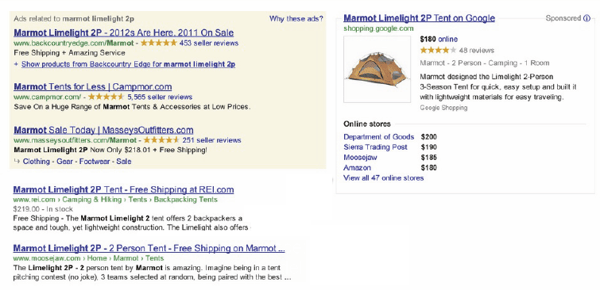What's New With Google Shopping?

 The Internet was buzzing last week at the beta launch of Google's latest service, Google Shopping. As always, the most recognizable name on the 'Net is trying to wedge its way into another industry, but what will this mean for the ecommerce industry?
The Internet was buzzing last week at the beta launch of Google's latest service, Google Shopping. As always, the most recognizable name on the 'Net is trying to wedge its way into another industry, but what will this mean for the ecommerce industry?
First of all, it's important to understand exactly what Google is up to here, in case you haven't heard. Essentially, Google is re-branding its Google Product Search services with a whole new business model. Soon, only merchants that pay to advertise with Google will be listed in the company's product search.
In other words, Google has created a secondary retail-focused search engine that exclusively features paid advertisers.
However, as far as anyone can tell right now, this will definitely also play a role in regular search engine results, at least when users are searching for a specific product (or when a search can be construed as product-related). When Google presumes that the user has a potential intent to purchase, they'll offer up paid (sponsored) listings next to the Web search results, so that they're actually the first thing users see. Although the organic results will remain the same, they will not necessarily be the focal point of the SERPs any longer.
Of course, these product listings are more than just text ads, as they feature images, descriptions, links to the retailer's sites and the current price. All of this is presented as a single, separate experience from the rest of the search results.
Either multiple product listings partitioned off in their own "sponsored" box, or a single product can appear on the right side of the page that includes a more detailed description. The former is typically designated for more general product searches, while the latter is reserved for very specific product queries (see examples below).


This practice combines product ads and Google Product Search, and helps to ensure that the paid listings don't actually affect the organic search results - if we're still calling Google Search organic. While this is all currently in a very experimental beta period, it's clearly an idea to which Google appears committed.
So, what does this mean for online retail, Google ads and product search?
Well, for one, it will force merchants to keep their ads up-to-date and accurate, since they are going to be charged as advertising partners just for the opportunity to list their products. This will be easy for them, as Google Shopping ads will come complete with an API that merchants can use to update their listings.
Bidding will be different, as now merchants will no longer be competing for keywords, but rather bidding how much they'd be willing to pay, if their listings appear and get clicks or generate conversions. Higher rankings will then depend on a combination of perceived relevance and the price of the bid.
Theoretically, these Google Shopping listings will help weed out redundant or irrelevant results for searchers, making them more enticing to consumers and, thus, more profitable (or worth the investment) for retailers.
Most of all, this whole scheme seems to be Google's attempt to combat major ecommerce retailers, specifically Amazon. Whereas before Amazon was something of a one-stop shop for consumers looking to buy online, Google has now presented itself as an (arguably more efficient) alternative, allowing users to base their purchasing decisions on more product options from a wider variety of retailers.
This could drastically alter the ecommerce landscape and give smaller online retailers a much better chance at competing with the big boys.
Of course, it also runs the risk of shutting out those same smaller businesses that don't have the budget to afford buying product listings. Those companies that survive on the Web largely through the existence of free product search listings could also see some negative effects from this change.
Details are slim at the moment, and there is no official word on when Google will do away with free product listings, but the company did state in a blog post that it would like to have Google Shopping up-and-running by the fall of 2012.
Merchants have two incentives for transitioning to the new format, a 10-percent monthly credit through 2012 for ads created by August 15, or a $100 AdWords credit for existing Product Search merchants who fill out a form by the same date.







